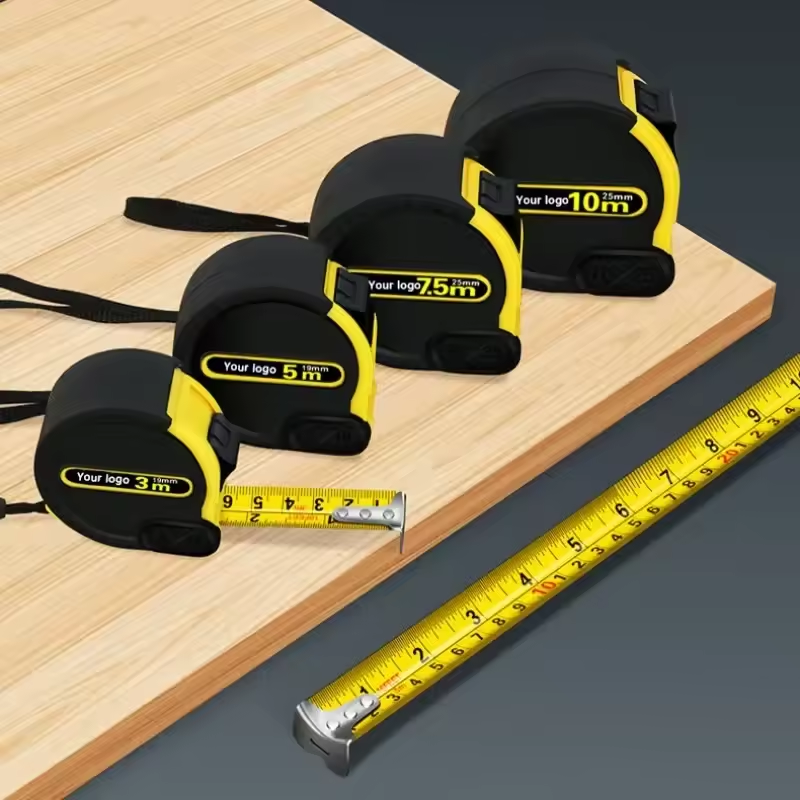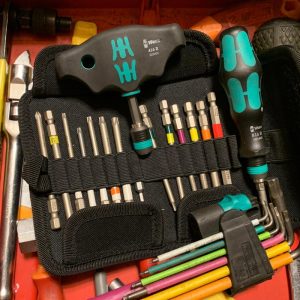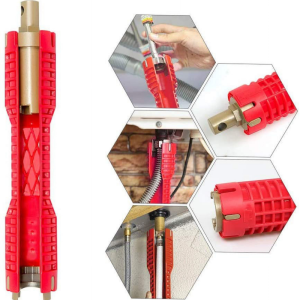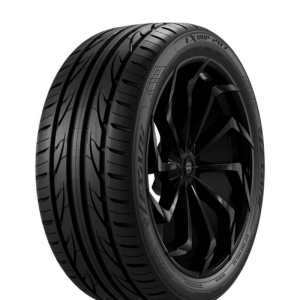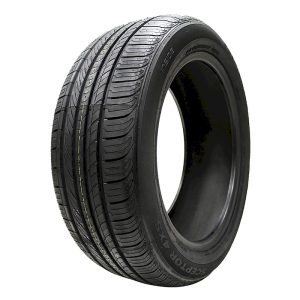
Your motorcycle tires are the sole point of contact between your machine and the road. They play a crucial role in maintaining control, grip, and overall riding safety. But like any other component, motorcycle tires don’t last forever. Understanding when to replace your motorcycle tires based on age and wear is vital for ensuring optimal performance and minimizing the risk of accidents.
This comprehensive guide dives deep into the signs that indicate your tires need replacing. We’ll explore manufacturer recommendations, delve into factors affecting tire lifespan, and provide tips on maximizing your tires’ longevity. Finally, we’ll guide you through the process of selecting the perfect replacement tires for your motorcycle.
Signs It’s Time for New Motorcycle Tires
Several telltale signs can warn you that your trusty tires have reached the end of their road. Here’s a breakdown of the key indicators to watch out for:

-
Tread Depth: This is the most straightforward indicator of tire wear. Motorcycle tires have built-in tread wear indicators (TWI) – small raised sections at the bottom of the grooves. Once the tread wears down to the level of the TWI, it’s time to replace the tire.
-
Visible Damage: Cracks, deep cuts, or gouges in the tire tread or sidewall compromise its structural integrity. Even a minor imperfection can significantly reduce the tire’s ability to withstand punctures and impacts.
-
Dry Rot and Weathering: Over time, exposure to sunlight, heat, and ozone can cause the tire rubber to dry out and crack. This reduces grip and increases the risk of blowouts. Look for signs of cracking on the sidewalls or excessive hardening of the rubber.
-
Handling Issues: Noticeable changes in handling, such as vibrations, wobbles, or difficulty maintaining a straight line, can indicate tire wear or damage. Uneven wear or cupping on the tread can also contribute to handling problems.
-
Reduced Grip: Worn tires lose their ability to grip the road effectively, especially in wet or slippery conditions. This can lead to a loss of traction during braking, cornering, or acceleration.
Manufacturer Recommendations and Tire Age
Most motorcycle tire manufacturers recommend replacing your tires every 5-6 years from the date of manufacture, regardless of tread depth. This recommendation is based on the natural breakdown of the rubber compounds used in the tire’s construction. Even if the tread appears sufficient, the rubber can harden and lose its flexibility, compromising grip and safety.
The tire’s manufacturing date is typically indicated by a four-digit code on the sidewall. The first two digits represent the week of manufacture, and the last two digits represent the year. For example, a code of “1823” indicates the tire was manufactured in the 18th week of 2023.
Factors Affecting Motorcycle Tire Lifespan
Several factors can influence the actual lifespan of your motorcycle tires, beyond the manufacturer’s recommended age:
-
Riding Frequency: Tires on motorcycles used daily will wear out faster than those used occasionally. Frequent exposure to sunlight, heat, and extreme weather can also accelerate degradation.
-
Riding Style: Aggressive riding habits, such as hard braking, acceleration, and cornering, put more stress on tires and contribute to faster wear.
-
Tire Maintenance: Proper inflation pressure and regular cleaning help maintain optimal tire performance and lifespan. Underinflated tires can wear unevenly and overheat, leading to premature failure.
-
Storage Conditions: Storing your motorcycle in extreme temperatures or direct sunlight can shorten the lifespan of your tires. Ideally, keep your motorcycle in a cool, dry, and well-ventilated location when not in use.
Extending the Life of Your Motorcycle Tires
By following these simple practices, you can maximize the lifespan of your motorcycle tires and get the most out of your investment:

-
Maintain Proper Inflation Pressure: Regularly check your tire pressure using a reliable gauge and inflate to the manufacturer’s recommended level, which can be found in your owner’s manual or on a sticker on the swingarm.
-
Avoid Overloading: Overloading your motorcycle puts additional strain on the tires and can lead to uneven wear and blowouts. Stick to the recommended weight limit for your motorcycle.
-
Practice Smooth Riding: Minimize harsh braking, acceleration, and cornering to minimize tire wear. A smooth riding style will not only extend the life of your tires but also improve overall fuel efficiency.
-
Clean Your Tires Regularly: Washing your tires with a mild soap solution removes dirt, grime, and road debris that can accelerate wear. Avoid using harsh chemicals or solvents that can damage the rubber.
-
Store Your Motorcycle Properly: When not in use, park your motorcycle in a cool, dry, and well-ventilated location out of direct sunlight. Consider using a motorcycle stand to take the weight off the tires.
Selecting Replacement Motorcycle Tires: Finding the Perfect Fit
Once you’ve determined it’s time to replace your motorcycle tires, the next step is choosing the right replacements. With a vast array of options available, selecting the ideal tires can feel overwhelming. Here’s a breakdown of key factors to consider:
-
Tire Type: There are two main categories of motorcycle tires: street tires and off-road tires. Street tires are designed for paved roads and prioritize grip, handling, and performance. Off-road tires, also known as knobby tires, feature deeper treads for better traction on loose surfaces like dirt, gravel, and mud.
-
Riding Style: Consider your primary riding style to choose tires that best suit your needs. If you’re a sportbike rider who prioritizes performance and cornering, opt for sport-oriented tires with soft compound rubber for maximum grip. Touring riders who cover long distances might prefer tires with a focus on durability and comfort.
-
Weather Conditions: For riders who frequently encounter wet weather, consider tires with a focus on wet performance. These tires have a tread pattern designed to efficiently channel water away from the contact patch, improving grip in rainy conditions.
-
Load Rating: Choose tires with a load rating that can accommodate the weight of your motorcycle, including yourself, any passengers, and luggage. Overloaded tires can wear unevenly and pose a safety hazard.
-
Speed Rating: Motorcycle tires are also assigned speed ratings based on their maximum safe operating speed. Ensure the speed rating of your chosen tires is compatible with the speeds you typically ride at.
Decoding Tire Specifications: Understanding the Sidewall
The sidewall of your motorcycle tire contains a wealth of information that can help you identify the correct replacement. Here’s a breakdown of some key details to look for:

-
Size: This typically consists of a three-number sequence, for example, “120/70ZR17.” The first number represents the tire’s section width in millimeters. The second number indicates the aspect ratio, which is the height of the tire sidewall as a percentage of the section width. The third number denotes the rim diameter in inches, followed by the speed rating (e.g., ZR) and construction type (e.g., radial).
-
Load Index: This is a numerical code that indicates the maximum weight a tire can safely support. You’ll find the load index on the sidewall near the size designation.
-
Speed Rating: The speed rating is typically denoted by a letter code following the size and load index information. Common speed ratings include S (up to 180 km/h), T (up to 190 km/h), H (up to 210 km/h), V (up to 240 km/h), and W (up to 270 km/h).
Invest in Your Safety: Ride with Confidence on New Tires
Replacing your motorcycle tires with the right options is an investment in your safety and riding enjoyment. By understanding the signs that indicate replacement is necessary, considering your riding style and needs, and selecting high-quality tires from trusted brands, you can ensure optimal performance and confidence on every ride.
